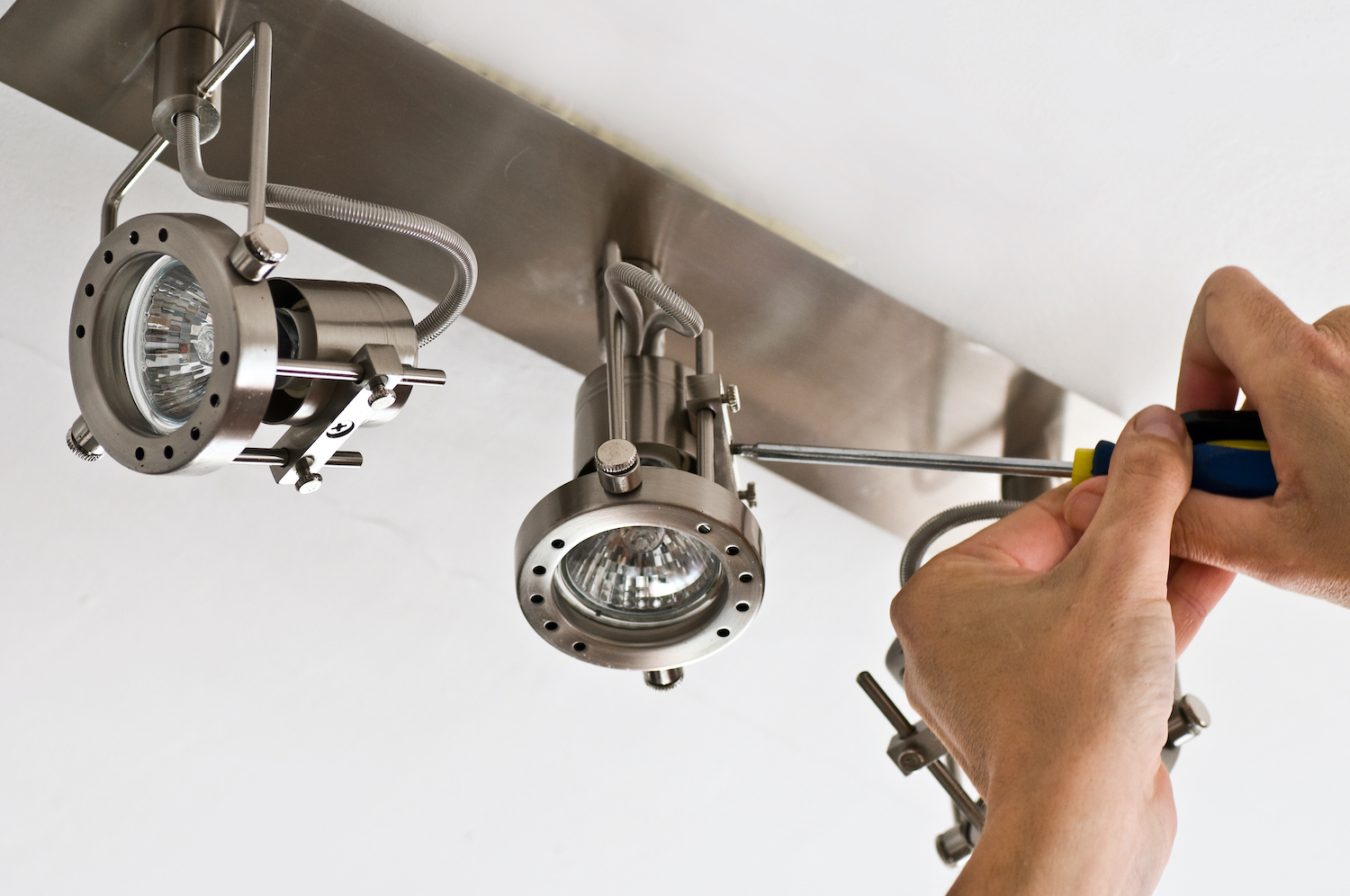Any bathroom or garage outlet within 6' of a sink must be GFCI protected. The code also requires all kitchen outlets for countertop use to be GFCI protected. GFCI outlets must be installed in any area where electricity and water may come into contact, including basements, pools, spas, utility rooms, attached garages and outdoors. At least one GFCI outlet is required in an unfinished basement and for most outdoor outlets.
The are two types of GFCIs in homes, the GFCI outlet and the GFCI circuit breaker. Both do the same job, but each has different applications and limitations.
The GFCI outlet is actually a replacement for a standard electrical outlet. A GFCI is not dependent of a ground to function. It does not measure shorts to the ground, it measures the current difference between the hot and neutral wires. A sudden difference of 5 ma. or more, indicating that there is another path for the electricity to flow through will trip this device. The only downside to this is there may be some nuisance tripping in highly inductive loads like large motors or even fluorescent lamps or fixtures on the same circuit. But the newer models seemed to have corrected this somewhat.
It protects any appliance plugged into it, and can also be wired to protect other outlets that are connected to it. The GFCI circuit breaker controls an entire circuit, and is installed as a replacement for a circuit breaker on your home's main circuit board. Rather than install multiple GFCI outlets, one GFCI circuit breaker can protect the entire circuit. There is a test button and a reset button on these units. If you press the test button the reset should pop out. To reset just push the reset button in.
Not a good idea to put lights on GFCI. protected circuits so you aren't left in the dark if the circuit trips. Generally, equipment such as refrigerators, freezers and sump pumps that cannot go without electrical power for an extended period of time without causing costly losses or property damage should not be placed on a GFCI. protected circuit. GFCIs are very sensitive and are subject to nuisance tripping. GFCI receptacles don't last outdoors even under the best of conditions. Be sure to test the device using the "test" button before you use one.


